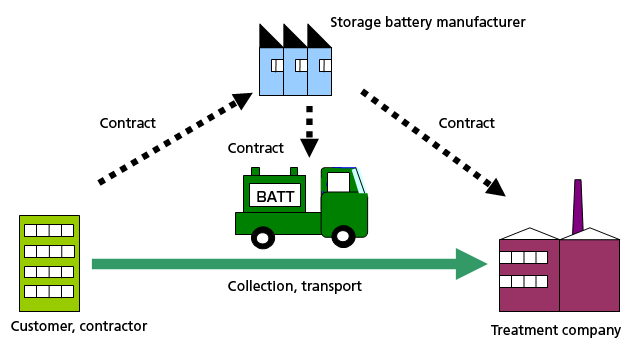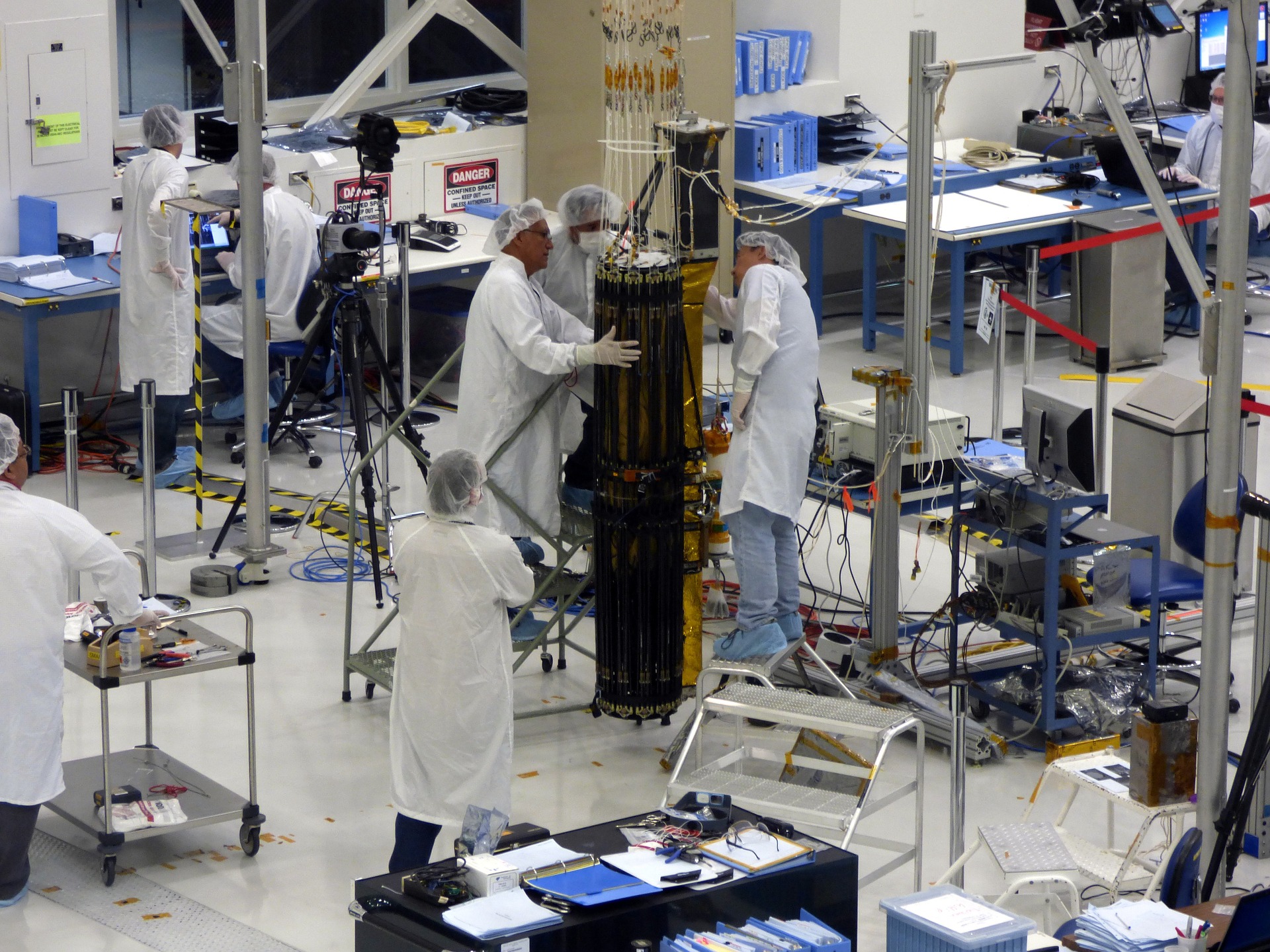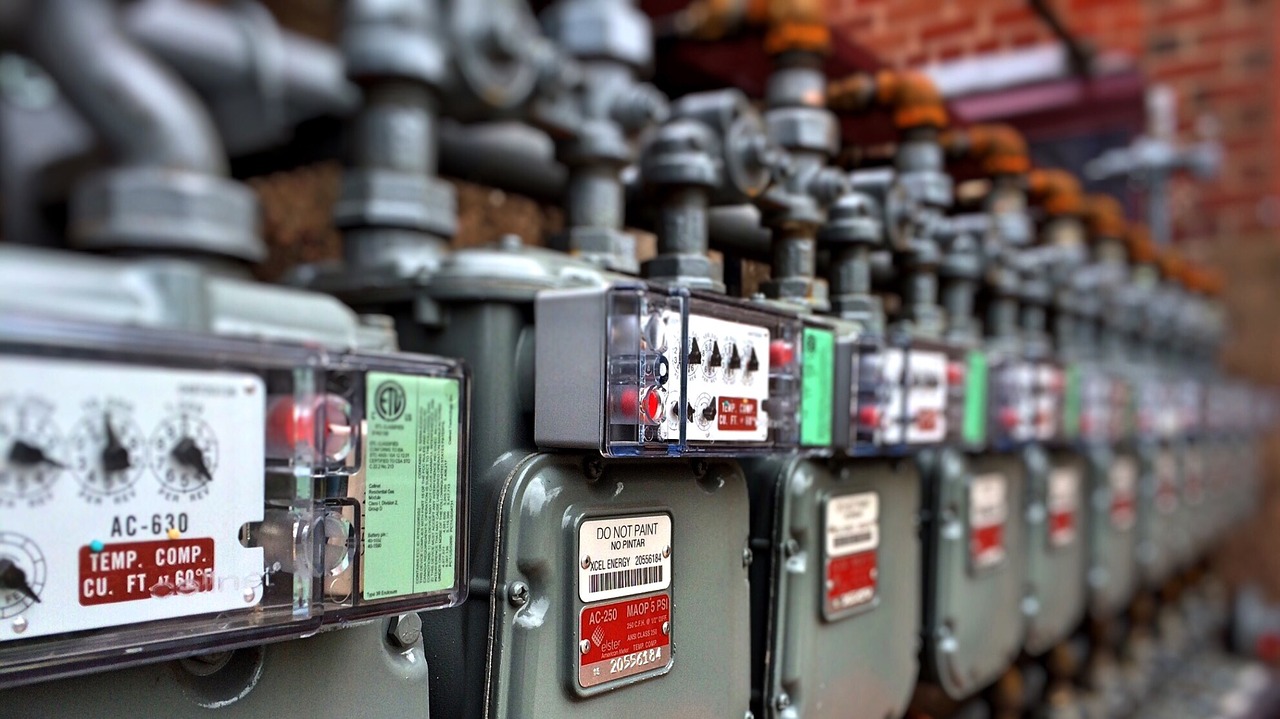IoT in Energy Storage
innovation, technology, quality, renewable, energy

Internet of things (IOT) is trending topic across all companies in present times. Applications of IOT can only be implemented by connecting components of application to internet. There is no IOT without internet network infrastructure.
While developing IOT application, many companies, especially those newer to IOT field are likely to be focusing on the immediate costs like design, hardware, security and implementation costs. These costs are onetime cost, but for running the IOT application operational cost are also present which are often overlooked. These operational costs includes network communication, administrative labor and technical support. They have to be paid while the application is being used. The network communication cost are most important, as without network communication there is no existence of IOT.
Internet connectivity
The IOT works with a highly scalable wireless network infrastructure. IOT connectivity is achieved with short range wireless (Wi-Fi, Bluetooth, NFC), radio frequency identification (RFID), cellular and low-power wide-area network (LPWAN) solutions. Connecting all end devices from anywhere is a challenging task. It depends on multiple requirements like technical proficiency of devices, their security, performance, reliability and location.
Some governments may provide subsidized access to internet in initial stages of IOT. But in long run expenses of setting up Wi-Fi routers and other connectivity equipments have to be addressed by service provider. Connecting IOT devices to available network infrastructure may not be easy, because of security concerns.
Cellular networks give better control over IOT experience, so, many companies are moving towards adopting them for IOT applications. The cost of this cellular network is affected by number of factors like
1.Monthly access fees: There is monthly access fee for connecting to mobile network, charged by network operators. This fee has to be looked after attentively, if IOT service does not need connectivity for certain intervals in its lifecycle. Then monthly fee for that interval can be avoided by deactivating the connection. For example, farming devices for tracking bug density are inactive after harvesting and so will not need connectivity for a long period of time. But for enabling connection to the device again when required, a reactivation fee might have to be paid. So, the potential reactivation fees should also be considered.
2.Data plans: Fees for IOT internet usage are typically pay per kilobyte, megabyte, or gigabyte or per device. Normally fixed amount of data per month is subscribed. Depending on use case some application use as little as 25 KB per month, while others may use data in range of GB’s per month. Plan suitable for the application must be selected.
3.Overages: Estimating the amount of data needed for IOT service can be difficult, especially in the initial stages of application. Some mobile network operators (MNOs) offer flexible rate plans, that can be changed in the middle of the billing cycle. Also there are plans that allow pool data usage across a large number of devices, which can help in controlling rates of usage. Using these two plans the overage charges can be avoided.
4. Roaming: The devices which are on move require to be considered, whether they will be used outside their local area of network. If they do move out of local network area additional roaming charges will be incurred on them. These charges vary by country and zone.
5. Rounding: The time for which a device can be connected to network is often limited by some mobile operator. The duration of device being connected lasts normally around four hours. After which, the device is disconnected to free up resources for other devices to get connected. Further after every four-hour interval the data usage is usually rounded up one KB. The charges due to rounding may not seem significant. However, when thousands of devices are being used rounding can be considerable. On top of that, during roaming sessions, MNOs round up considerably more.
6. Taxes and Surcharges: These charges depend on policies of government. If MNOs are governed by country specific regulatory bodies, they may be required to charge more taxes than non-regulated MNOs. They vary with change in government policy.
7. SIM costs: Every MNO has its own particular cost of SIM. Buying SIMs in bulk may reduce cost of SIMs, as they may be eligible for discounts. Embedded SIMs is also a good option, as they are smaller and more secure than removable SIMs.
8. Activation and/or other fees: They are one time costs for setting up the connection and vary with MNOs. They must be clearly mentioned in MNO agreement. Also there may be additional monthly recurring fees.
Smart Battery like Li-Rack only uses home /office internet so that the customer does not incur any additional charges for IoT facilities
Middleware
Internet is the most important component for IOT. Along with it there is requirement of middleware, so that hardware components like sensors and other gadgets can be connected to internet. It is observed that around 80 percent of IOT devices are not designed to communicate with each other or connect to internet. Middleware is a software which acts as interface between the devices and internet. There are costs associated with developing these middlewares, but they are indispensable, as they give improved connectivity and communication among devices. This give enhanced control over IOT and opens wide array of opportunities for IOT.
Cloud-based or data center infrastructure
Middleware and internet connectivity among devices in IOT, sets up the foundation on which IOT works. For implementing any scheme, data generated by devices has to be processed and acted upon. Raw data which is generated in gigabytes need to be stored and processed to get meaning full information. Cost of storage is another cost which has to be considered for IOT. Start-ups normally use platform as a service (PaaS) solutions provided by Intel, Amazon or Microsoft for smart gadget connectivity and data analysis.
Security measures
As cloud based storage will be used for IOT. Maintaining data security will be of utmost importance. Ensuring proper security measures and routinely maintaining and updating will add to the cost of connectivity further.
There are countless opportunities with IOT, but with these advantages comes the associated costs. IOT systems help in predicting maintenance and reduce unforeseen downtime. This is made possible by IOT using enhance connectivity and sensors and superior analytics. IOT can provide significant cost saving, improved efficiency, higher service quality.
We can smile as all these advantages compensate for the cost, which has to be paid for developing and maintaining the IOT infrastructure.



